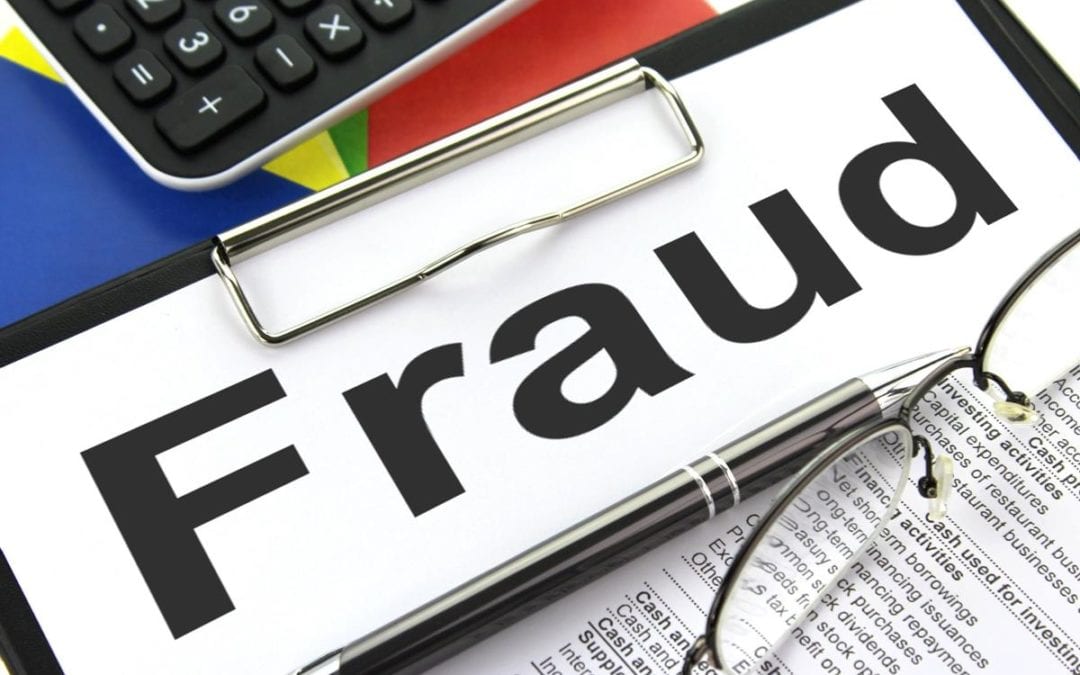by: Irene Rabinowitz, USA Charity Specialist at Fogel CFO & Management Services
Surprise, Surprise. Not everyone is who they say they are.
 This is true for supposed grant writers or fundraisers, as well.
This is true for supposed grant writers or fundraisers, as well.
In a recent example, an NGO client of ours was contacted by a person on social media who offered services as a grant writer. Specifically, he offered to write letters of intent and grants for a flat fee per month.
Our client asked us to look into him before she agreed to use his services.
This should always be the case. When someone reaches out to offer a service that sounds like a good deal, especially through social media, it is best to do homework.
So how to ensure that a grant writer or fundraiser is the real deal?
First, visit his or her website. Here is what I look for and what I found in this particular instance:
- PRESENTATION – In looking at his website, it was apparent this was not a professional in the field. First, the website only used his first name. His last name was not on the website at all.
- BIO – In his bio, he stated that he had 10 years experience in the field but did not include any details about the types of projects he completed.
- SERVICES – Another clue was that in the snippet about his services, the individual services have no details and no links to further information.
- TESTIMONIALS – Although he included logos of NGOs for which he claimed to do work, the logos were not clickable.
Beyond a website, I look for:
- REFERENCES – If the website had passed the test, the next step would be to ask for references that could be checked.
- METHODOLOGY – It is critical to discuss details regarding how he would choose funders to approach. (1) Would he check 990s, Guidestar, or Charity Navigator to make sure that the potential funder actually funds in the field? (2) Would he check to see what the average grant amount is that the foundation provides? (3) Would he check for any geographical limitations that the foundation might have?
Writing grants is much more complicated than simply writing letters of intent.
The first step is always research on the particular foundation and sometimes a conversation with a grant manager at the foundation. Sending out letters of intent or proposals blindly (and costly to the NGO client) is a fruitless endeavor.
All the more so, if your “consultant” is anything but.
Photo Credit: “Fraud” by Nick Youngson CC BY-SA 3.0 Alpha Stock Images

